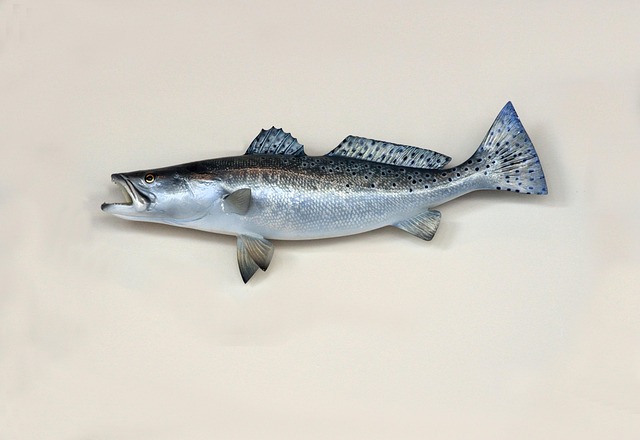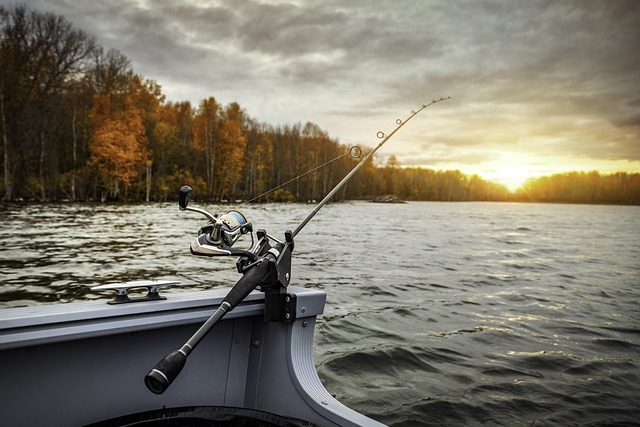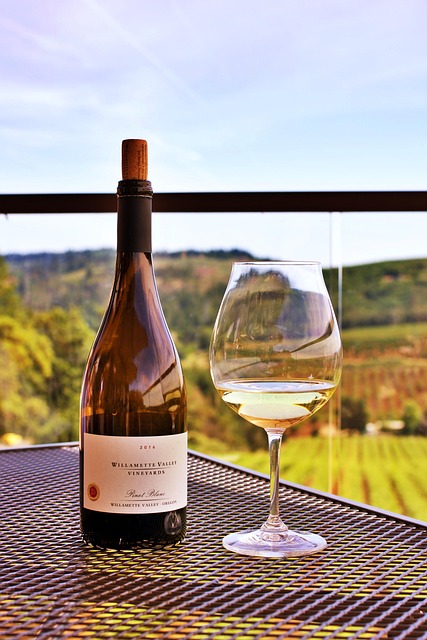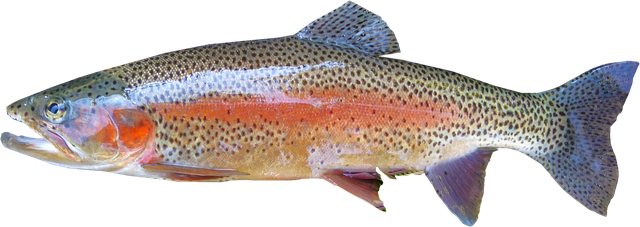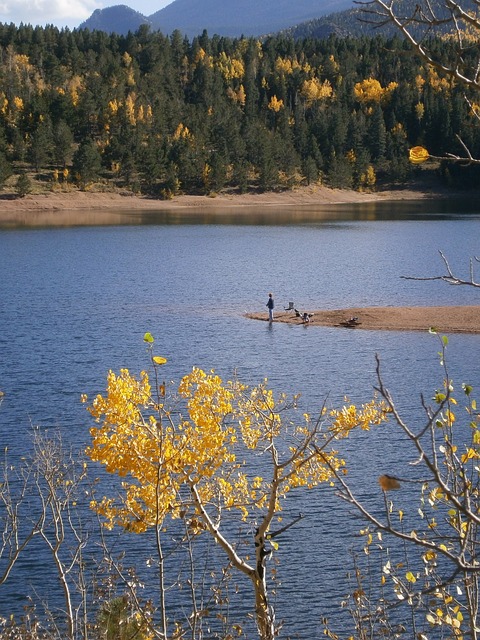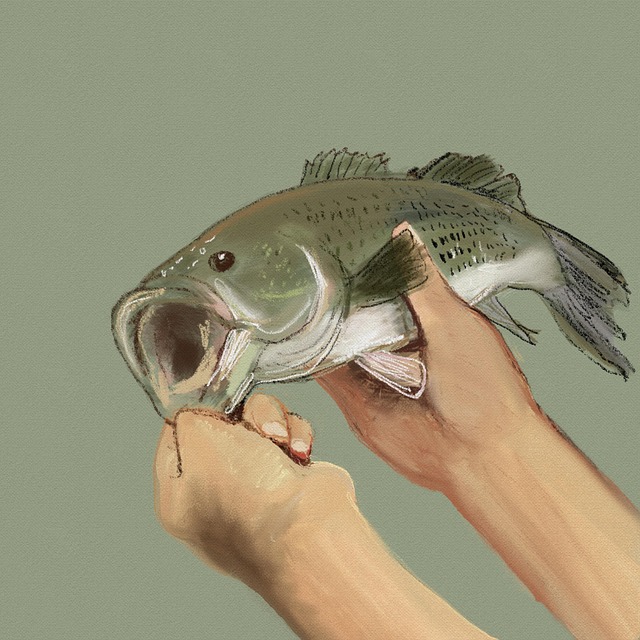The Upper Willamette River is renowned for its exceptional fly fishing and ecological diversity, hosting species like rainbow trout, cutthroat trout, bass, salmon, and steelhead. Its complex tapestry of habitats, shaped by both nature and human activities, is crucial for preserving healthy fish populations. Water quality, influenced by pollution and climate change, significantly impacts these populations. Fly fishing enthusiasts employ techniques like dry fly fishing to minimize disruption while enjoying this paradise for anglers. Regular water quality monitoring is essential for safeguarding the river's ecological integrity and recreational activities.
Explore the rich biodiversity of fish populations in the upper Willamette River, a testament to the region’s ecological significance. This article delves into the historical perspective of the Willamette’s ecology, examining how factors like water quality and species diversity have evolved over time. We analyze the abundance of fish species, focusing on the unique challenges and opportunities presented by the river’s characteristics. Additionally, we uncover the impact of fly fishing techniques on catch rates, highlighting the intricate relationship between anglers and the upper Willamette’s aquatic life, especially in the context of popular Upper Willamette fly fishing practices.
- Historical Perspective: Understanding Willamette River Ecology
- Fish Species Diversity and Abundance in Upper Willamette
- Impact of Water Quality on Fish Populations
- Fly Fishing Techniques and Their Influence on Catch Rates
Historical Perspective: Understanding Willamette River Ecology
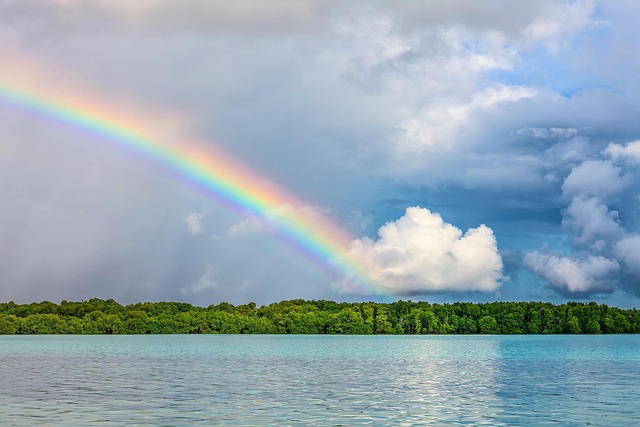
The Upper Willamette River, a vibrant and bustling ecosystem, has captivated anglers and ecologists alike for generations. Its rich history as a vital resource for indigenous communities and later as a hub for upper Willamette fly fishing underscores its ecological significance. Over time, the river’s landscape has been shaped by both natural forces and human activities, creating a complex tapestry of habitats that support diverse fish populations.
Historically, the Willamette River played a crucial role in the region’s culture and economy. Indigenous peoples relied on its abundant resources for sustenance and trade, while the river’s navigable waters facilitated transportation and commerce. As settlers arrived, the upper Willamette became a hub for fishing, logging, and agriculture, leading to significant environmental changes. Understanding these historical perspectives is essential for navigating the current ecological challenges and ensuring the preservation of healthy fish populations in the upper Willamette fly fishing region.
Fish Species Diversity and Abundance in Upper Willamette
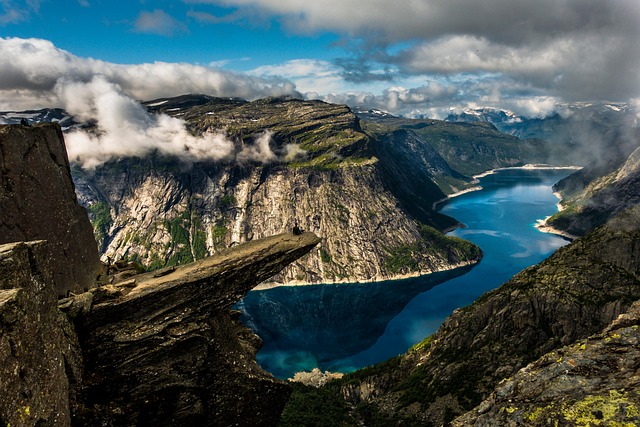
The Upper Willamette River, a beloved destination for enthusiasts of upper Willamette fly fishing, boasts a diverse and abundant fish population. This rich biodiversity includes species such as rainbow trout, cutthroat trout, bass, salmon, and steelhead, each contributing to the river’s dynamic ecosystem. The variety of habitats along the river—from calm pools to swift currents—provides ideal nesting grounds and feeding areas for these diverse fish, fostering a healthy and thriving population.
Fishers can expect varied experiences depending on the season, as different species become more active. For instance, spring brings forth steelhead runs, while late summer sees a surge in bass activity. This seasonal shift in behavior makes upper Willamette fly fishing an exciting and ever-changing pursuit, drawing anglers from near and far to enjoy the river’s remarkable offerings.
Impact of Water Quality on Fish Populations
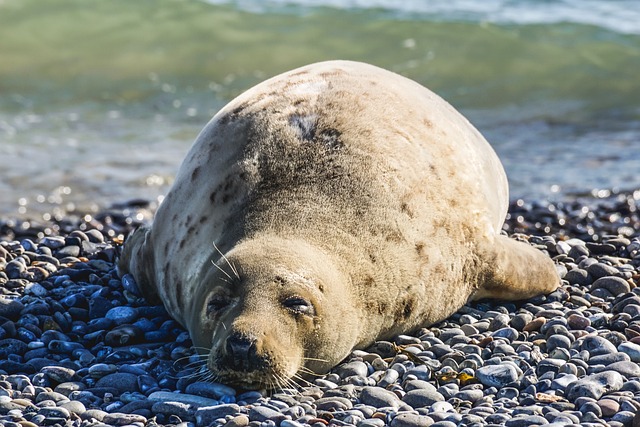
The health of fish populations in the Upper Willamette River is closely tied to water quality, which plays a pivotal role in sustaining diverse and robust aquatic life, particularly for species favored by upper Willamette fly fishing enthusiasts. Clear, well-oxygenated waters are essential habitats that support healthy fish growth and reproduction. Pollution, sediment runoff, and climate change can all negatively impact water quality, leading to decreased oxygen levels, altered temperatures, and habitat degradation—consequences that directly affect fish populations.
Fish species like trout, for instance, thrive in cool, pristine waters. However, warming river temperatures due to climate change can stress these cold-water species, causing them to migrate or struggle to survive. Similarly, water pollution introduces toxins that can impair fish reproduction and overall health. Regular monitoring of water quality parameters such as temperature, oxygen levels, and nutrient concentrations is crucial for understanding the impacts on fish populations, enabling informed decisions to protect and preserve these valuable resources for both ecological integrity and recreational activities like fly fishing in the Upper Willamette River.
Fly Fishing Techniques and Their Influence on Catch Rates
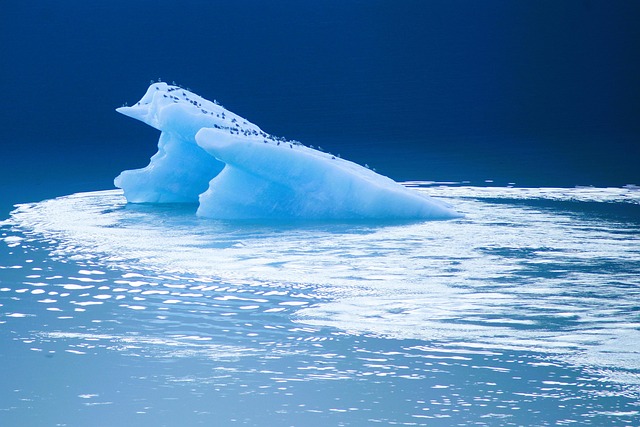
The Upper Willamette River, renowned for its pristine waters and abundant fish life, offers a unique experience for fly fishers. Among the various techniques employed, fly fishing with dry flies has proven particularly effective in this ecosystem. This method involves presenting the artificial fly on the water’s surface, mimicking the behavior of natural insects, which entices trout and salmon to take the bait. The river’s clear waters provide an ideal setting for dry fly fishing, allowing anglers to observe the precise moment a fish makes contact with the lure.
Fly fishing enthusiasts in the Upper Willamette region utilize specialized equipment tailored to this technique. Light-weight rods and lines enable delicate presentations, ensuring minimal disruption to the peaceful river environment. Skilled anglers can target specific species by choosing flies that match the local insect hatches, significantly influencing catch rates. This precise approach fosters a deeper connection with nature and contributes to the sustainable practice of fly fishing in this celebrated waterway.








